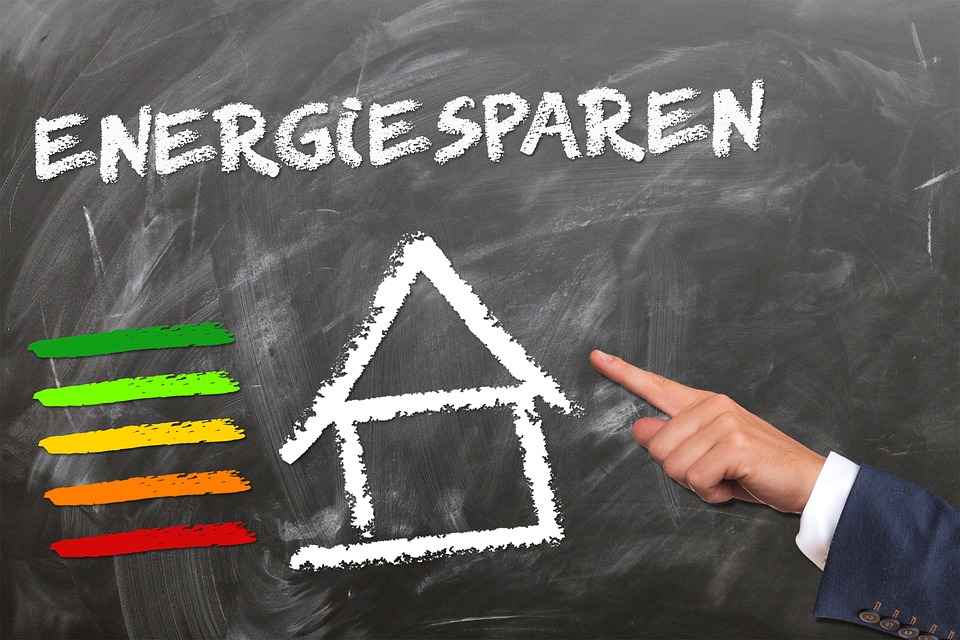As the global push for sustainability gains momentum, individuals are increasingly seeking ways to minimize their carbon footprint. One of the most effective steps you can take begins at home, where reducing energy consumption not only benefits the environment but also cuts down on utility bills. Here are some practical strategies to help you unplug and make your home more energy-efficient.
Understand Your Energy Usage
The first step in reducing energy consumption is understanding where and how much energy is being used in your home. Conducting an energy audit can help identify the biggest energy consumers, such as heating and cooling systems, appliances, and lighting. Many local utility companies offer free or affordable energy audits.
Use Smart Technology
Smart technology can play a crucial role in reducing energy usage. Smart thermostats, for example, allow you to adjust the temperature remotely and can learn your schedule to optimize heating and cooling. Similarly, smart plugs and power strips can help you manage the energy consumption of various devices, turning them off when not in use.
Optimize Heating and Cooling
Heating and cooling account for a significant portion of home energy usage. To minimize this, ensure your home is well-insulated to prevent heat loss in the winter and keep cool air inside during the summer. Regular maintenance of HVAC systems is also critical for efficiency.
Adjust Temperature Settings
Adjust your thermostat by a few degrees lower in the winter and higher in the summer to save energy. Even small changes can make a significant difference. Consider wearing an extra layer during colder months or using fans in the summer to stay comfortable without over-relying on HVAC systems.
Embrace Energy-Efficient Appliances
When it’s time to replace appliances, opt for energy-efficient models. Look for the ENERGY STAR label, which indicates that the appliance meets specific energy efficiency criteria. While the initial cost may be higher, the long-term savings on energy bills can be substantial.
Practice Energy-Saving Habits
Simple habits can significantly reduce energy consumption. Turn off lights when leaving a room, unplug chargers and electronics when not in use, and use energy-efficient lighting such as LED bulbs. Cooking with lids on pots and reducing oven preheating time can also contribute to energy savings.
Improve Water Heating Efficiency
Water heating is another major energy consumer. Lowering the water heater’s temperature to 120°F, using low-flow fixtures, and insulating the water heater and pipes can reduce energy usage. For those ready to invest, a tankless water heater can provide on-demand hot water and increase efficiency.
Consider Renewable Energy
If feasible, consider investing in renewable energy sources such as solar panels. While the upfront cost can be significant, government incentives and long-term savings make it a worthwhile investment for many homeowners. Additionally, generating your own energy can significantly reduce reliance on non-renewable sources.
Conclusion
Reducing energy consumption at home is a crucial step towards a more sustainable future. By understanding your energy usage, leveraging smart technology, optimizing systems, and adopting energy-efficient habits and appliances, you can make a significant impact. Not only will these practices help the environment, but they will also lead to noticeable savings on your energy bills. Start small, and gradually implement changes to make your home a greener, more energy-efficient place.


